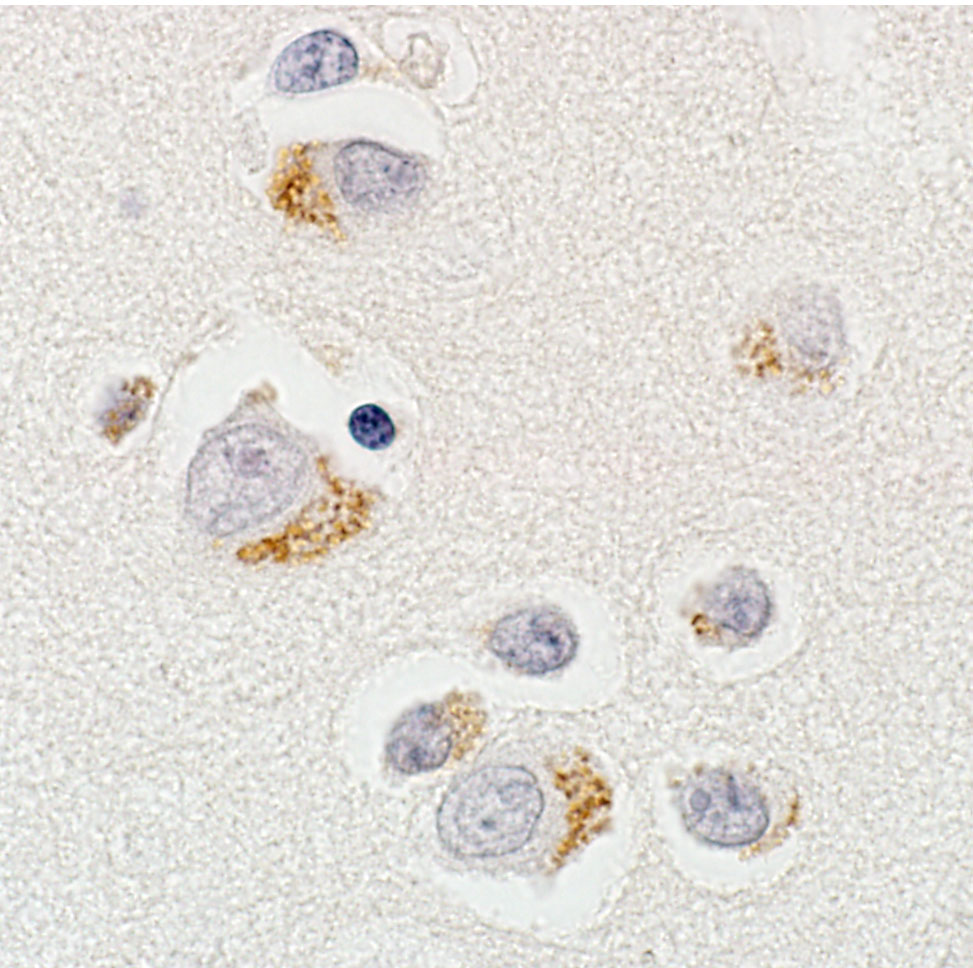
Ground-breaking MS discovery could lead to better treatment
SASKATOON – A new discovery in multiple sclerosis research, that nerve cells in the brains of MS patients contain stress granules that appear to contribute to nerve cell death, could lead to improved treatment of the disease.
The discovery was made by a research team led by Dr. Michael Levin, Saskatchewan Chair in Multiple Sclerosis Clinical Research at the University of Saskatchewan’s (U of S) College of Medicine, who made the announcement at the 2018 International Society of Neuroimmunology Meeting in Brisbane, Australia.
“In healthy people, stress granules protect nerve cells. The discovery of abnormal stress granules in nerve cells of an MS patient unveils a new mechanism of disease, which may lead to new treatments for this devastating disease that strikes people early in their life and career,” said Levin.
Stress granules were previously found to lead to nerve cell death or damage in other neurologic diseases such as amyotrophic lateral sclerosis and some types of dementia, but this is the first time they have been implicated in association with MS. MS is the most common disease of the nervous system in young adults, and is believed to be autoimmune, meaning the body’s own immune system attacks the brain and spinal cord. This creates permanent damage that results in symptoms such as visual loss, paralysis, pain and sexual dysfunction.
“While the cause of these abnormal stress granules in people with MS is not entirely clear, we do know it is related to the body’s immune response and to a molecule called interferon-gamma, in particular. This discovery could pave the way for research into new drugs that could break down these abnormal stress granules and potentially slow or reverse the course of MS,” Levin said.
Read more on the university's news site.
